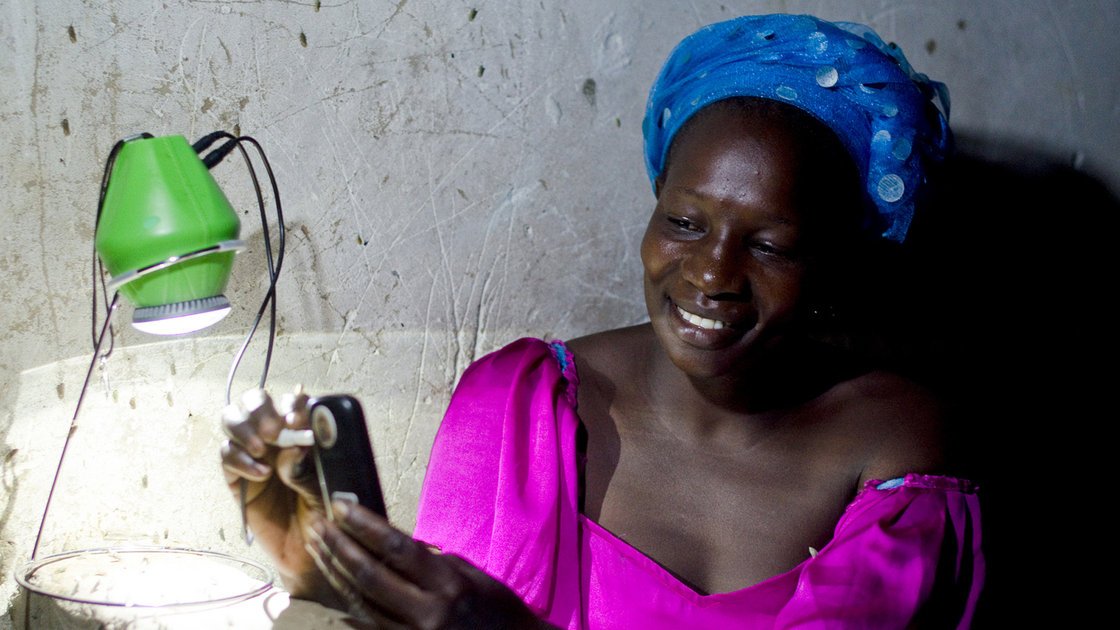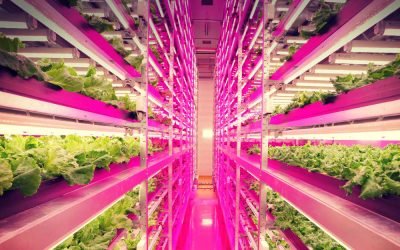LED Lights gain popularity around the world
LED lights are becoming more popular globally, and it’s only a matter of time before they blackout their competition.
In Africa, there are about 28.5 million people, who are now switching to solar-powered LED lights. South Asia is also turning to cost-effective lights.
Globally, within the past six months, 2.1 million LED-solar products have been sold to those unable to plug into electrical grids, says the IFC. Sales have grown at a rate of 150 percent annually for several years due to the demand for lighting and the high quality of LED lamps.
An interview conducted between Goats and Soda and Russell Sturm, head of energy access at the International Finance Corp.
What is it that LED lighting provides in the off-the-grid context that incandescent or fluorescent lighting can’t?
It’s a transformative technology. For many years, maybe 20 years, there had been a variety of companies that — with support from all sorts of developmental organizations — had tried to deliver energy services to the roughly 1.3 billion people who have no access to modern energy. They rely on kerosene, wood and candles for their energy services. And so these companies had tried to [market] solar home systems. Those systems were costing about $500 to $1,000, and they never got any traction because of the cost.
How did LED lights change the equation?
Eight or ten years ago, LEDs were still relatively expensive. But the efficiency of the LED was improving 100 percent a year, and the costs were dropping 50 percent a year. For less than a watt, you could have useful light. In fact, for a 10th of a watt, you could have enough light to go to the bathroom at night without waking your spouse.
That meant [companies] could downsize their batteries. They could downsize their photovoltaic cell [that converts solar beams into energy], downsize their electronics. You can now imagine a product marketed as a consumer product. Today these products range from $10 on up. There are entry-level lanterns as well as really high-quality, high-performance $35 and $40 products that have phone chargers, and three levels of light, 35 hours on a single charge. Extraordinary performance.
And that incredible reduction in cost was all made possible by the efficiency of LED lamps relative to incandescent bulbs or compact fluorescent bulbs. Are LED lamps also cheaper than kerosene lamps?
Oh, yes. People were spending about $38 billion a year on kerosene. The poorest people were spending the most for the worst. You and I complain when the cost of our flip-a-switch electricity goes up to 15 cents a kilowatt-hour. The people using open-flame kerosene lighting are paying on the order of $80 a kilowatt-hour. Again, these are the poorest people in the world.
Kerosene lighting also causes hundreds of thousands of deaths from the poisoning of children and from rampant fires when lanterns tipped over. And indoor air pollution: Any number of people I work with here [at the IFC] remember in their childhood reading by an open kerosene flame, the tears coming down as they tried to study.
You have said that once companies recognized that there was a market for LED lighting in Africa and elsewhere, they were excited, but also wary.
They told me, “We need certain things. We need to understand this market. How do people buy things? What can they afford? How do they use light? How do we get products into Kenya? How do we distribute?”
The IFC provided practical and logistical information. Does it also stand behind the quality of the lights?
If you go to lightingglobal.org, you will see 52 quality-assured products, because the other thing companies said was: “It’s a new market. It’s very risky. People start selling junk, and you ruin the market.” So we built this quality-assurance process. The companies guarantee the products. What we’re doing is testing and verifying.
To be clear, this is not a charity
Every single sale I’m talking about is commercial. These are all for-profit companies, and we do not subsidize them.
Would you say the effect of LEDs on the developing world has been higher than in the developed world?
In terms of changing people’s lives, no doubt about it. The environmental impacts in the developing world are going to be huge, too, because of kerosene. For every 100,000 solar lanterns sold, it’s 10,000 tons of reduced greenhouse gas emissions annually.
Read the full article on NPR: http://www.npr.org/blogs/goatsandsoda/2014/10/13/354845893/led-lights-are-a-transformative-technology-in-the-developing-world
Image courtesy of Bruno Déméocq/Courtesy of Lighting Africa





0 Comments